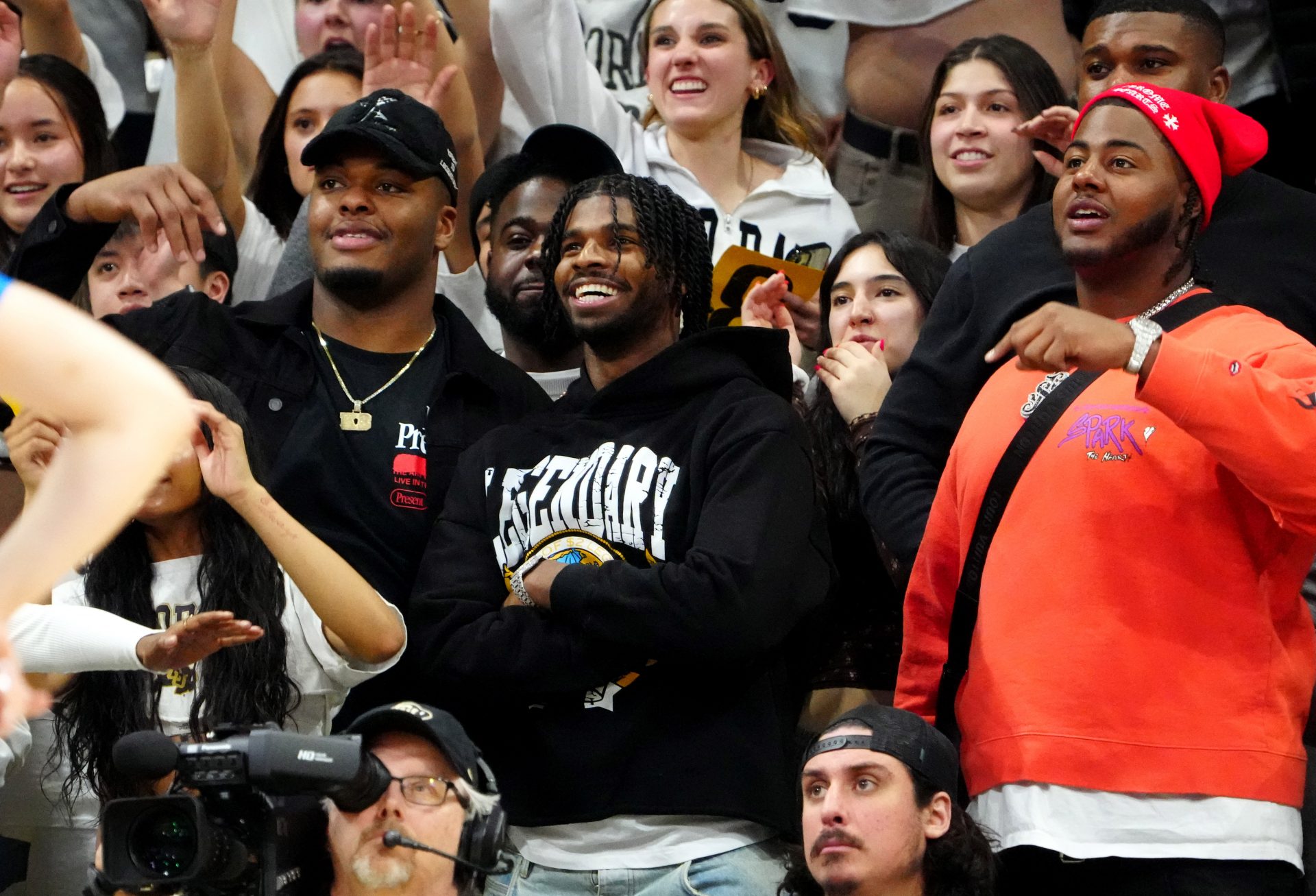The college athletics business model has changed. All too often, the term NIL has been thrown around for far too many reasons. What exactly is NIL, and how has name, image, likeness come to be in collegiate athletics?
This happened back in 2021 following a Supreme Court decision, and has sent ramifications into the world of college athletics ever since.

What Is the Meaning of NIL?
Name, image, and likeness is the common term for the ruling of the NCAA v. Alston case. This case centered around whether the NCAA could limit education-related payments to student-athletes. At its heart, the case revolved around whether or not athletes could earn compensation based on their likeness and their athletic or public prowess.
NCAA vs. Alston followed a similar suit from 2014 titled NCAA v. O’Bannon, which was the ultimate downfall of the popular NCAA Football video game series as well as other officially licensed collegiate items that utilized players’ likenesses.
KEEP READING: Top 10 NIL Deals in 2024
In NCAA v. Alston, the NCAA lost the case on a unanimous vote, and the NIL was born, essentially stating students could now earn profits from their names, images, and their likeness. The ruling only dealt with education-related payments and failed to address any restriction on the compensation payments to the student-athletes or prospective student-athletes themselves. Its ruling against the NCAA came as several states had passed laws or were near to passing laws that gave student-athletes more control over their likeness.
The NCAA, with the assistance of the American Athletic Conference, consolidated two petitions into the Supreme Court ruling, essentially banning pay-for-play efforts at the college level as well as banning quid pro quo. Basically, student-athletes wouldn’t be allowed to be compensated for their performances, and recruits couldn’t sign any NIL deals with a contingency plan set in place for attending a certain university.
How Does the NIL Help Collegiate Athletes?
With the NIL ruling set in place, it finally allowed student-athletes to be compensated for their likeness. It allowed student-athletes to obtain sponsorships. To be paid for social media posts. It allowed student-athletes to sign endorsement deals. To sign with agents.
The student-athletes now could earn money based on their athletic stature or just simply their presence. The NIL essentially ended amateurism in a sense.
MORE: How Much Will Players Earn for Appearing in EA Sports College Football 25?
For far too long, student-athletes sat back and watched as colleges and universities prospered due to their efforts. Schools sold their jerseys, and the athletes didn’t see a penny. Teams promoted their efforts, and athletes never benefited one iota. The power was solely in the college or university’s hands. The NCAA v. Alston ruling put the power back in favor of the student-athlete.
Say what you will about student-athletes being given an education, room and board, books, etc. Far too many student-athletes come from backgrounds where that simply isn’t enough. No two student-athletes are the same or hail from the same background. The name, image, and likeness ruling leveled the playing field for those student-athletes. It makes it more fair, and, ultimately, makes collegiate athletics more fun.
What Is a NIL Agreement?
There is a bevy of potential NIL agreements. From signing with an agent prior to culminating their amateur career to sponsoring a nutrition bar, the NIL deals across the country are incredibly unique and diverse.
A NIL agreement is essentially a contract set in place for the student-athlete to earn fair compensation for their time and effort. To market their likeness. A NIL agreement could also be an endorsement deal on a local or national level.
What Is an NIL Collective?
The term NIL Collective has been thrown around and since institutionalized at the college level with the coming of the NIL legislature. An NIL collective is a group or organization, often run by boosters, alumni, or local businesses, that pools resources to provide financial opportunities to their specific college athletes.
For football, these collectives typically help players monetize their personal brand by facilitating endorsement deals, appearances, and partnerships with companies. Unlike direct pay-for-play systems, NIL collectives ensure that athletes are compensated for their marketability while maintaining their amateur status.
In some cases, collectives also provide strategic support, such as helping players navigate contracts, branding, and financial planning.
As seen in the UNLV situation with Matthew Sluka, there may come a time for a rise in NIL regulations, and these groups should play a key role in attracting and retaining talent.
EA Sports Built Rosters With NIL Deals
EA Sports re-released their popular college football video game in the summer of 2024, 11 years after having to cancel their series over the name, image, likeness of athletes they previously used. College Football 25 was released using a NIL deal to capture the likeness of each individual who opted in, signaling a massive change as to how the game would be portrayed.
In February of 2024, EA Sports sent NIL contracts to every scholarship athlete on a major FBS program. The players either opted in or opted out of the deal. Those who opted in received a one-time payment of $600 and a free copy of the game.
It didn’t take long for the athletes to jump at this deal as EA announced just a month later that over 10,000 athletes had signed their NIL deal. This marked a significant moment in the sport’s history. It mean that NIL had officially gone full circle.
It was a case brought up in court by former Northwestern QB Kain Colter that ultimately saw the end of the NCAA Football video game series after Colter nearly formed a union off the backs of EA using his likeness in their 2012 edition of the game.
College Football Network has you covered with the latest from the ACC, Big Ten, Big 12, SEC, and every Group of Five conference and FBS Independent program.

